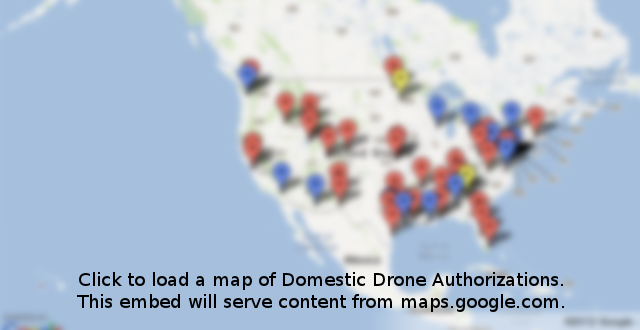Most of the country’s highly selective colleges and universities have holistic admissions, but what exactly does this mean for an applicant?
Answer: “Holistic” can be defined as an emphasis on the whole person, not just select pieces that make up the whole person.If a college has holistic admissions, the school’s admissions officers consider the whole applicant, not just empirical data like a GPA or SAT scores. Colleges with holistic admissions are not simply looking for students with good grades. They want to admit interesting students who will contribute to the campus community in meaningful ways.Under a holistic admissions policy, a student with a 3.8 GPA might be turned down while an award-winning trumpet player with a 3.0 GPA might get accepted. The student who wrote a stellar essay might get preference over the student who had higher ACT scores but a bland essay. In general, holistic admissions take into account a student’s interests, passions, special talents, and personality.
The University of California at Los Angeles uses a “holistic” approach to undergraduate admissions. Each applicant is reviewed not only for test scores and grades, but for low socioeconomic status, a disadvantaged background and evidence of the ability to overcome challenges (among other qualities). Holistic admissions (used by many leading colleges and universities, some of which also consider a candidate’s race and ethnicity) is designed to evaluate each applicant as more than just a set of numbers.
Proponents of holistic admissions say that it evens the playing field for those who didn’t go to the best high schools or couldn’t afford enriching summer travel or SAT tutors. And because holistic admissions avoids automatic cutoff or admission scores for students from any group, proponents hope it can help diversify student bodies without running afoul of court rulings or attracting lawsuits.
The current debate was sparked by a report issued last week by a law professor at UCLA who provided what he said was evidence that UCLA was interpreting holistic admissions in ways that resulted in the admission of black students with significantly lower scores (not just based on grades and test scores, but on the holistic factors as well) than those of students in other groups.
The professor says this shows that race is being considered at UCLA, despite protestations to the contrary. The report (and coverage and commentary about it in the student newspaper) infuriated minority student leaders at UCLA (not to mention admissions officials). The administrators reacted, among other reasons, because they are in effect being accused of violating the law. 
Short URL: http://www.newsnet14.com/?p=111652



